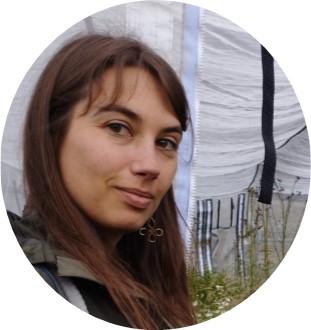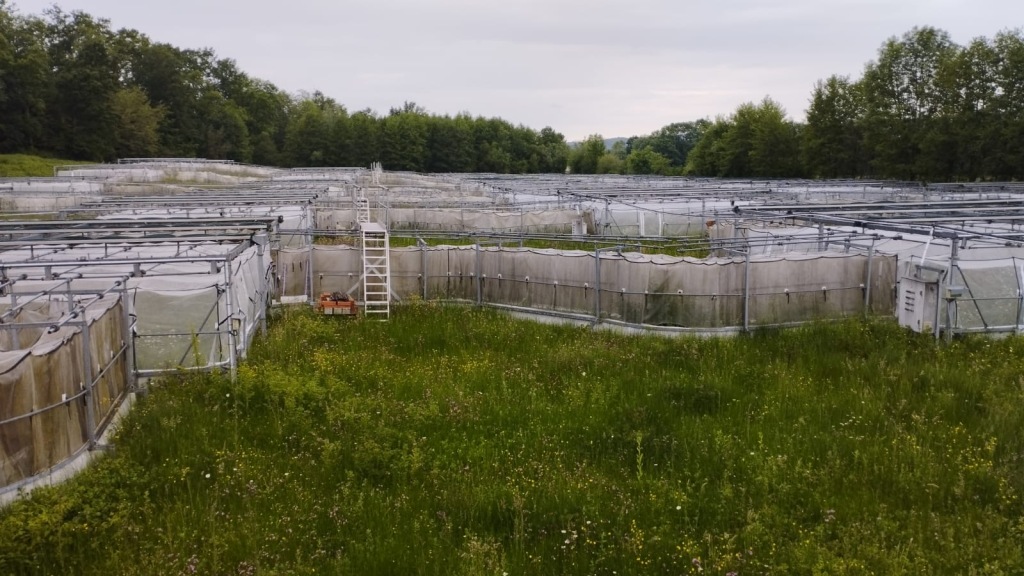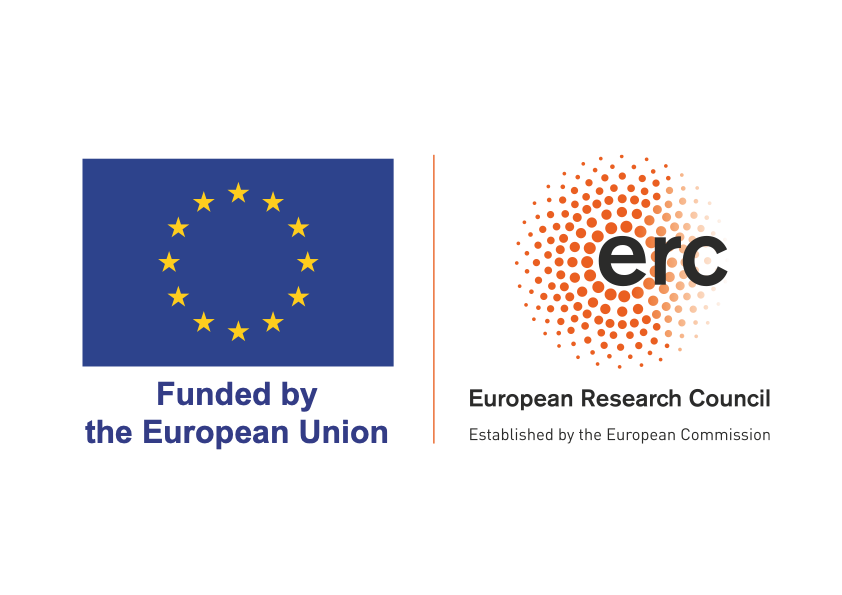This month, The Applied Ecologist is amplifying the voice of early career ecologists from around the world working in the field of applied ecology to help inspire the next generation. In this post, Claudia Christensen García from the Basque Centre for Climate Change shares her story below.
My background and interests
I love to go birdwatching, both at home and when traveling. Something great about this hobby is that it can be done anywhere and connects you to your surroundings. It also helps you to slow down and therefore has a meditative quality about it.
I got into birdwatching about ten years ago, and have noticed that it has taught me patience, improved my awareness and senses, and has provided me with countless instances of magic and beauty.
Additionally, I have always had a strong creative side and incorporate art into my life through nature journaling, poems, watercolours, painting, and blockprints. I have made blockprints of some of my favourite species, such as the Cedar Waxwing (Bombycilla cedrorum), as well as places dear to me like Sächsische Schweiz in Germany and Opal Creek Wilderness in Oregon.
What I’m currently working on
Currently I am working as the technician on a project funded by the European Research Council called ‘RECODYN: Ecosystem recovery dynamics and their response to climate change and habitat fragmentation’. We’re based out of the Basque Centre for Climate Change (BC3), located outside of Bilbao in the Basque Country of Spain.
However, something particularly exciting about this project is our partnership with a field research site owned by the French National Centre for Scientific Research (in French, the CNRS). The experimental site is called the Metatron and it is a unique opportunity to carry out work in a semi-controlled environment, located in Ariège (Pyrénées Ariégeoises), France.
Why is this project important?
The RECODYN project aims to reveal the recovery dynamics of biodiversity, community structure, stability and ecosystem functioning in complex multitrophic communities. This will also help to explain how they are influenced by global change via climate change and habitat fragmentation.
To do this, we’re planning to study 24 cages at the Metatron (CNRS facility) and look at plant and insect communities inside each, over a four year period. The cages will cover an area of 2,400 m2 in total. We’re going to be sampling plants, noting herbivore interactions, and collecting biomass. Beginning in 2024, we will see how the cages react to various treatments. We will be comparing natural ecosystems to those recovering from human disturbance, as well as looking at the affects of habitat fragmentation and climate change (through changing temperature thresholds in some cages).
Unlike projects that focus on states (such as those that capture data before and after a project) our project will take an ambitious approach to capture the dynamics of recovery rates and trajectories through frequent sampling. The results will also be complex because we are taking into consideration whole communities rather than single species.
Additionally, we will learn how global change influences ecosystem recovery. This information is needed for humans to make informed management decisions regarding how to achieve restoration goals in an era of human-induced climate change.
My next steps and future goals
As of now, our team is making final decisions on study design and how to best sample the 200+ plant species on site, as well as how to apply the disturbance treatments next year. Having recently completed my MSc in Ecosystem Services, I am now learning many new terms in the field of ecology.
Previously, I have worked mainly as an environmental educator with a focus on environmental justice. I see my current position as an opportunity to continue deepening my scientific knowledge, with the long-term goal of incorporating this into a position at a small organization that works on the watershed level. My goal is to involve local communities in scientific research and to build relationships between people and the natural world around them.
Motivations throughout my career and ECR journey
I am motivated by a sense of awe for the natural world and a desire to build communities and shared experiences in nature. Having grown up in diverse and multi-cultural contexts, I am driven by equity and encouraging equal participation in the fields of science.
I view engagement in the natural world as interdisciplinary, and my career path reflects that. In my Bachelor’s degree I studied politics as well as environmental studies in studio art.
I became passionate about environmental justice and then lived in the Pacific Northwest of the United States where I worked in a variety of positions in education and outreach for small conservation organizations, an urban farm, and in the public sector (a school district and a government brownfield program). In my spare time I enjoyed volunteering for a variety of local organizations, through which I gained knowledge of restoration practices and community science. I particularly enjoyed surveying for salmon with the Johnson Creek Watershed Council and participating in the Portland Audubon Society’s annual swift counts.
Although I believe education can come from a variety of places and from lived experiences, I chose to move to Europe to pursue a Master’s degree. One of the more valuable parts of my journey has been building a community of international colleagues and friends. At BC3 I am inspired by the work being done around me, and by the various perspectives brought by my colleagues.
Role models and advice for someone in my field
I wouldn’t say I have a specific role model. I am inspired and moved by colleagues or people working in various disciplines. I keep a bit of each of these people in mind while moving through my career. Since I’ve had a variety of positions, my influences are rather interdisciplinary and not specific to ecology.
With this being said, do not feel obliged to pigeonhole yourself. It is important to have a passion and great to specialize in something, but remember that pursuing multiple interests makes for an enriching life as well.
If you have had an untraditional career path, it is never too late to find a way to follow a new passion or deepen an older one. People are often willing to help you make big changes if you put yourself out there and ask for guidance!
Discover more posts from our ECR Journeys blog series here.
Funded by the European Union (ERC, RECODYN, 101043548). Views and opinions expressed are however those of the author(s) only and do not necessarily reflect those of the European Union or the European Research Council Executive Agency. Neither the European Union nor the granting authority can be held responsible for them.







